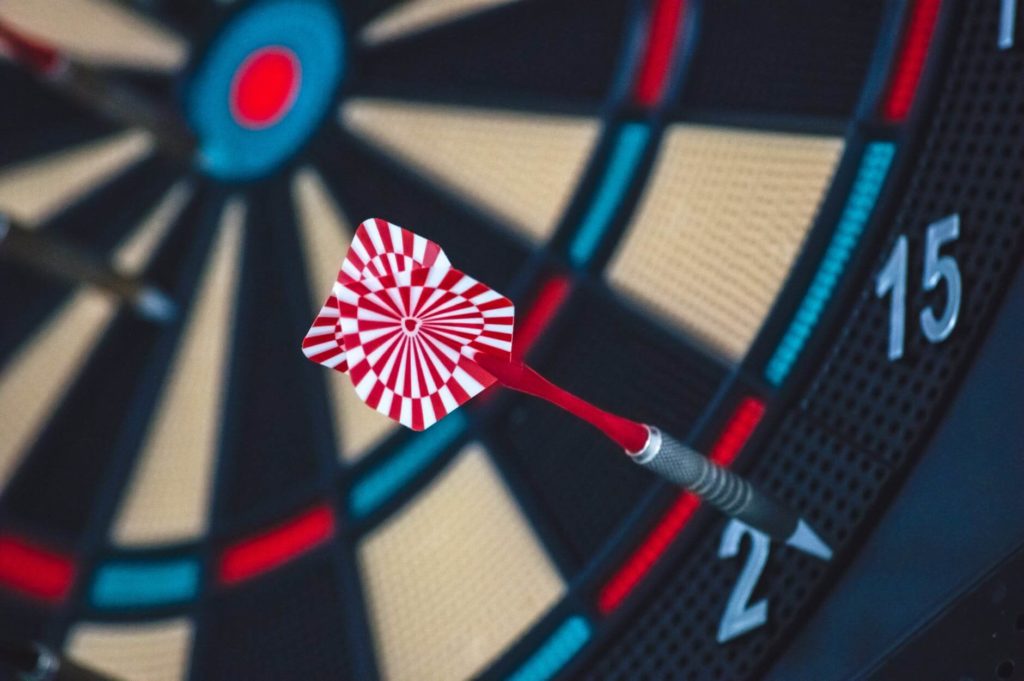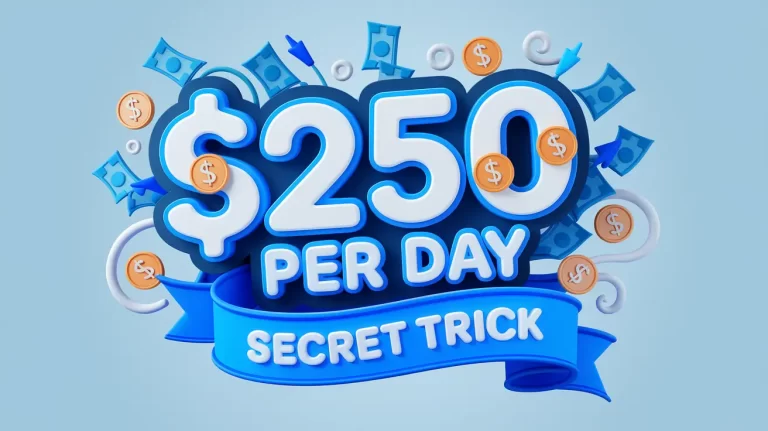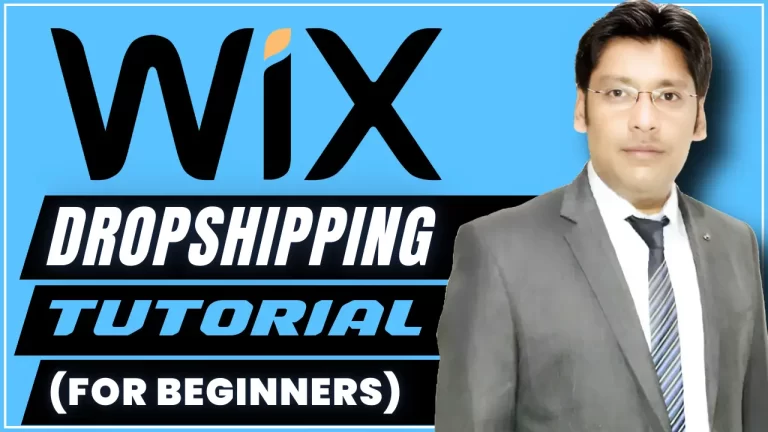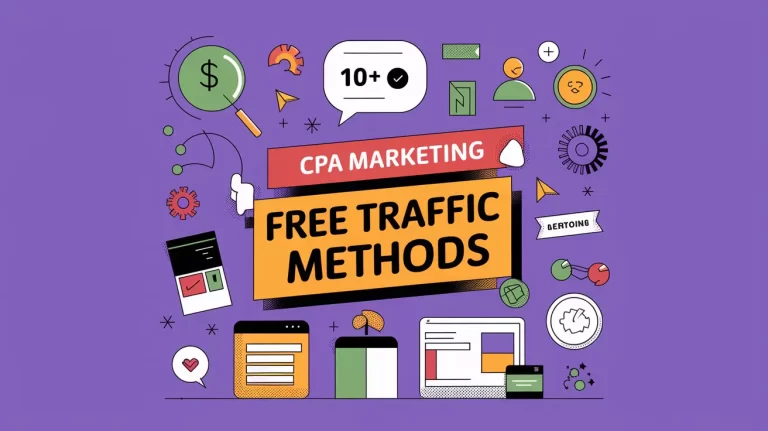You've set your goals, KPIs, and benchmarked. Now it's time to entice your prospects. Let's start by defining your customer target. The most successful companies know their customers, who they are and how they buy. Some marketers even know their customers better than their own families. The better you know your customers, the smarter you'll be about understanding what types of leads convert best. Start by knowing basic information, like age, gender, income, or profession.
Then think from your customer's perspective. How do they buy? What's their decision-making process? There's just so much information out there today. Did you know that Google processes 3.5 billion searches every day, and that has a huge impact on a customer's buying process? They have more power than ever before, due to social media and easy online comparison shopping. Today, most customers research online before they buy whether it's a small candy bar or an expensive new car.
There are lots of customer decision journey models out there. We'll use an example from McKinsey, the top global management consultancy, that identifies key phases in a customer's decision journey. I'll take you through this model at a high level. First, is the consideration. A customer has some sort of trigger that begins their decision journey. They consider an initial set of products or services or brands based upon what they currently know, perceive, or have experienced.
Now being in your customer's initial consideration set is great but your job is far from over. You need to really rise above the competition throughout the next few phases. The second phase is an evaluation. Here your customer adds or subtracts options as they gather information. They'll ask trusted friends or family and research peer reviews, and a company's marketing online. This evaluation stage is most likely to affect your customer's choice about what they actually buy so make sure your company's brand is positioned better than the competition, so you'll win as customers evaluate their options.
The third phase is when the customer buys. This is when a customer selects their brand at the moment of purchase. Now if they buy at a store, they'll have a lot of influences like packaging, availability, salespeople. If they buy online, they'll be influenced by the checkout experience, ability to chat or ask a question online, or by peer reviews available directly on that site. So you need to understand how your customers feel about purchasing your brand and why so you can make product or service improvements and build loyalty.
The fourth phase is the experience. After a customer makes their purchase, they'll interact with the brand and product or service. If their experience is positive, they might advocate by adding to reviews and communicating with other customers online. This experience can lead to loyalty and inform their thought process when it's time to purchase again. So you really need to understand how your customers view their experience with your business. Will they passively buy again just because they're confused about other options? Let's hope not.
You'll want your customers to feel loyal to your brand and actively recommend it to others. When you know your customers and the phases of their decision journey, you can communicate with them at the moments that most influence their decisions.





